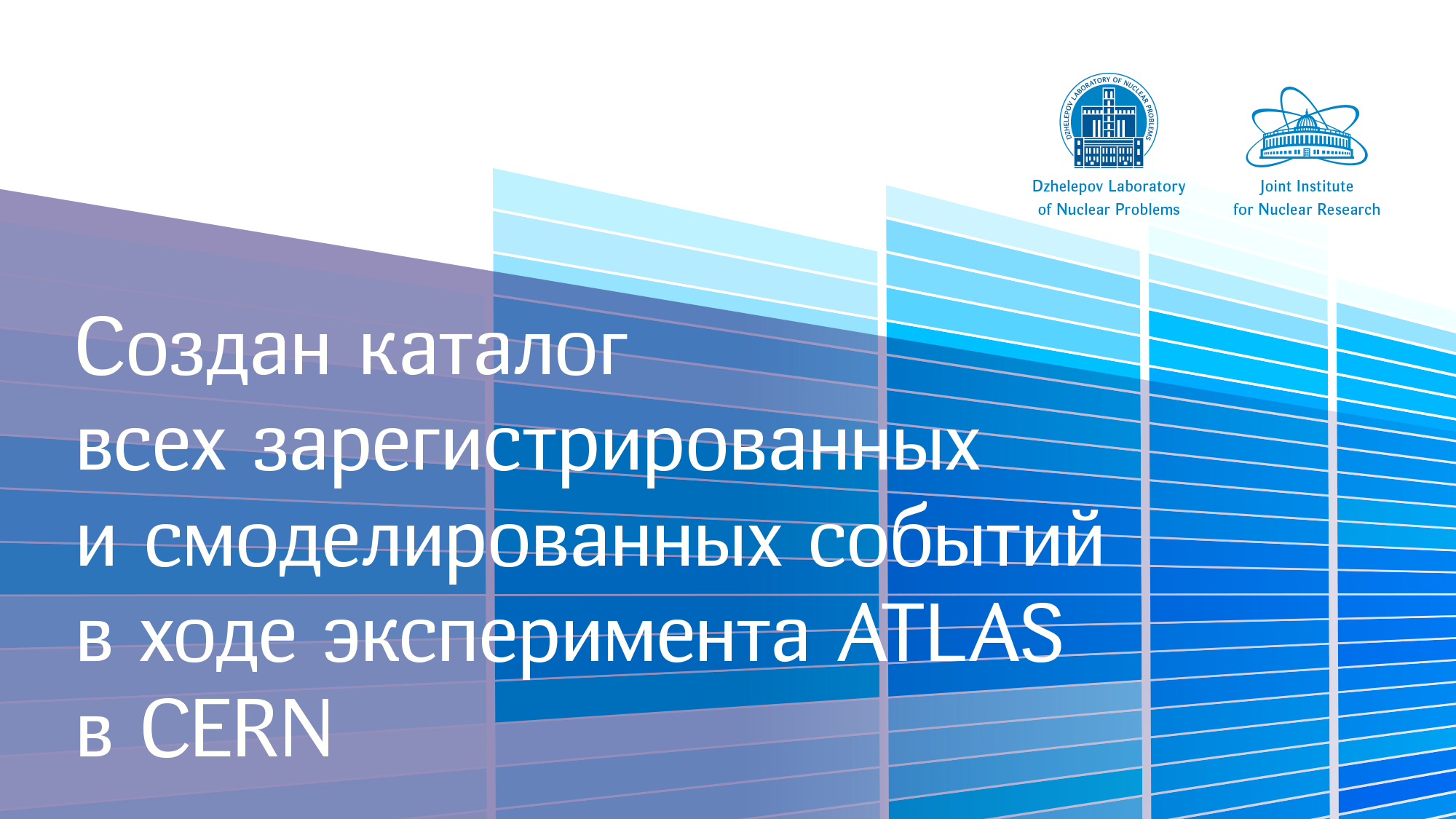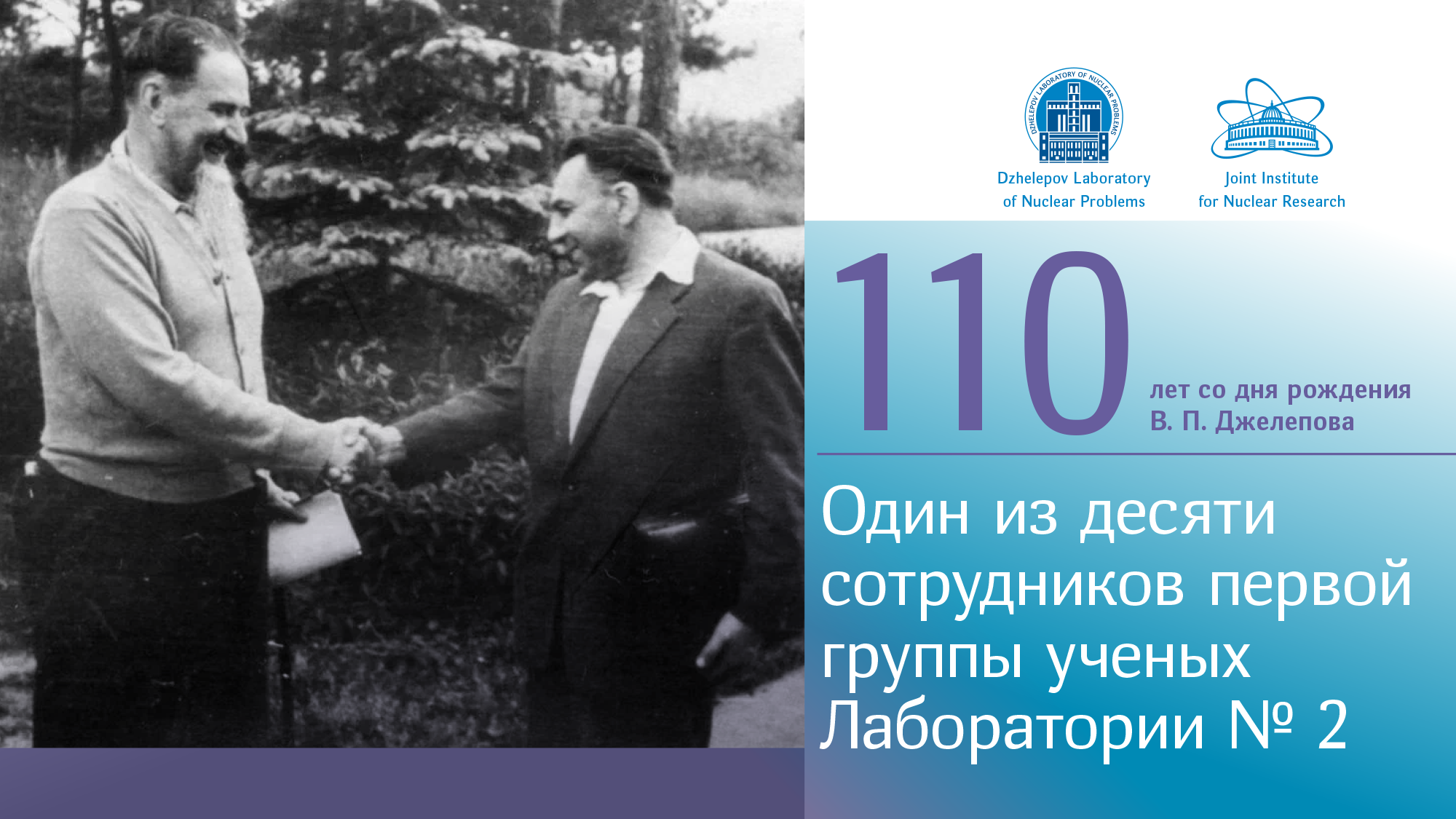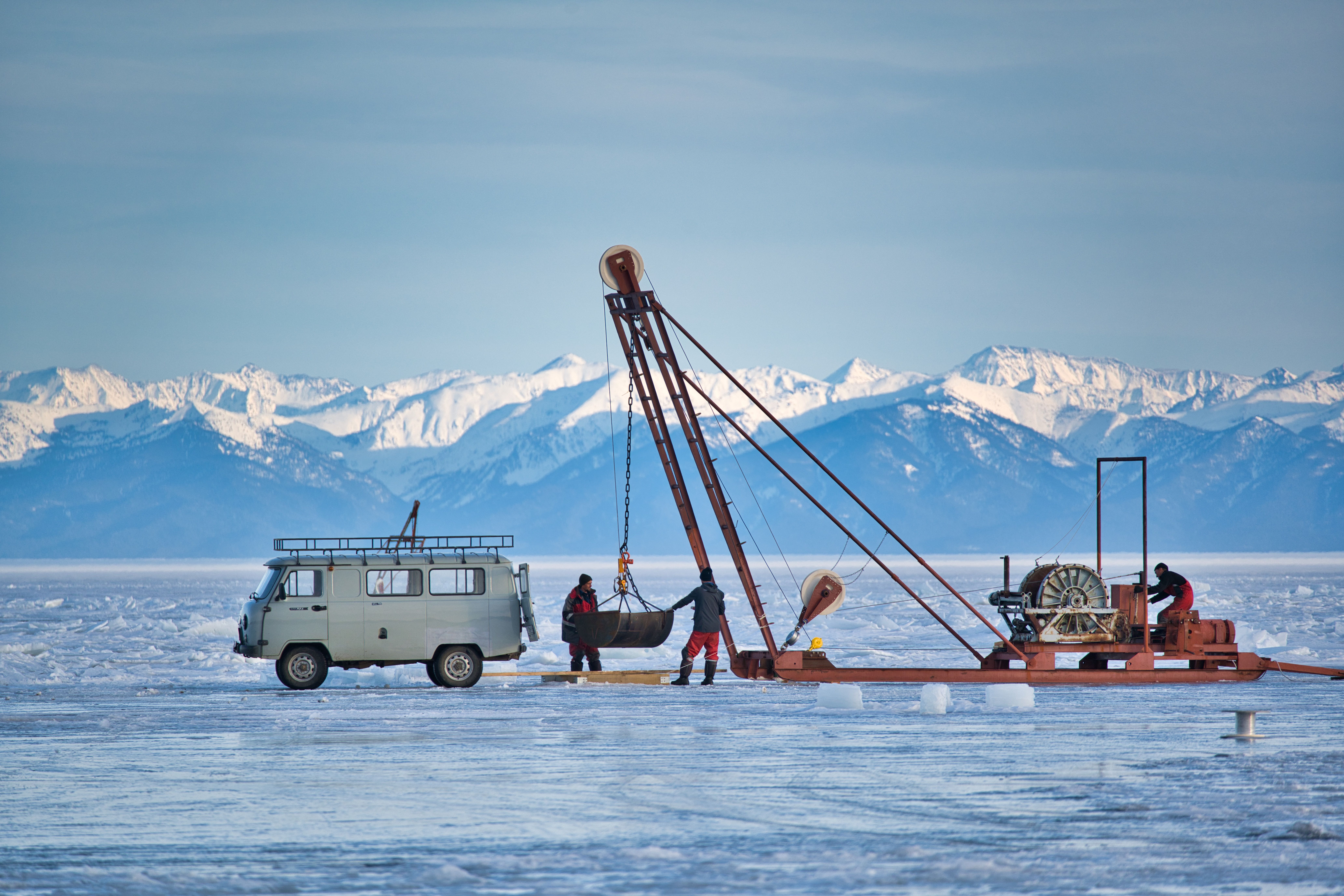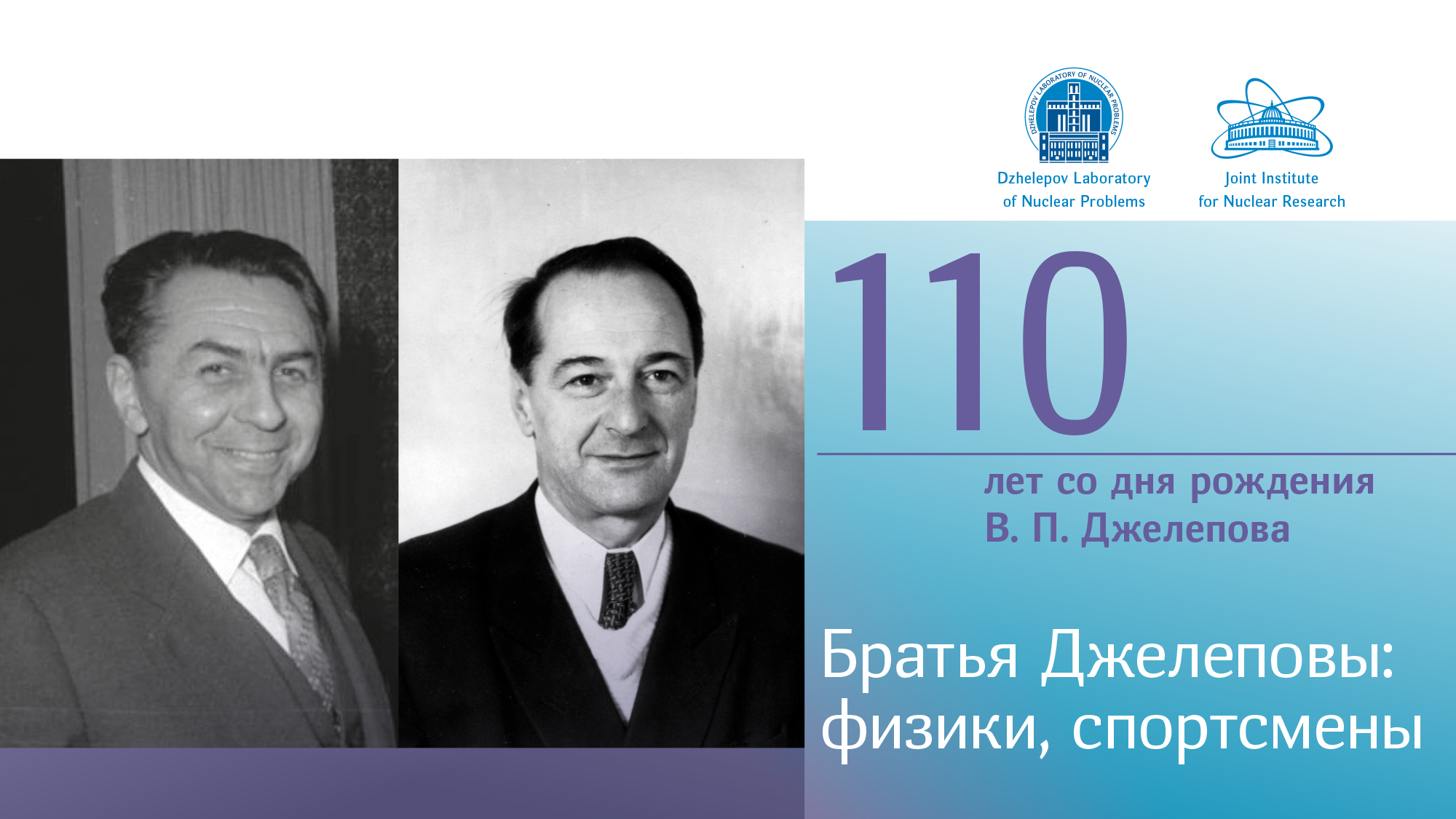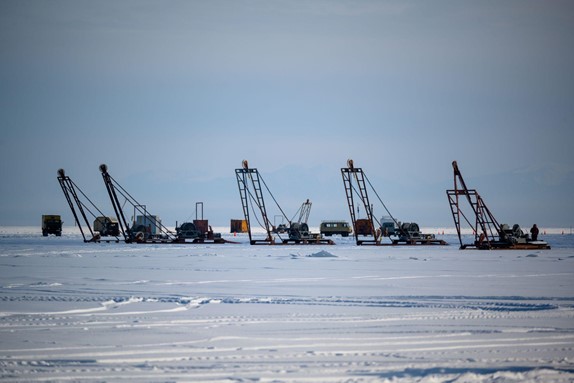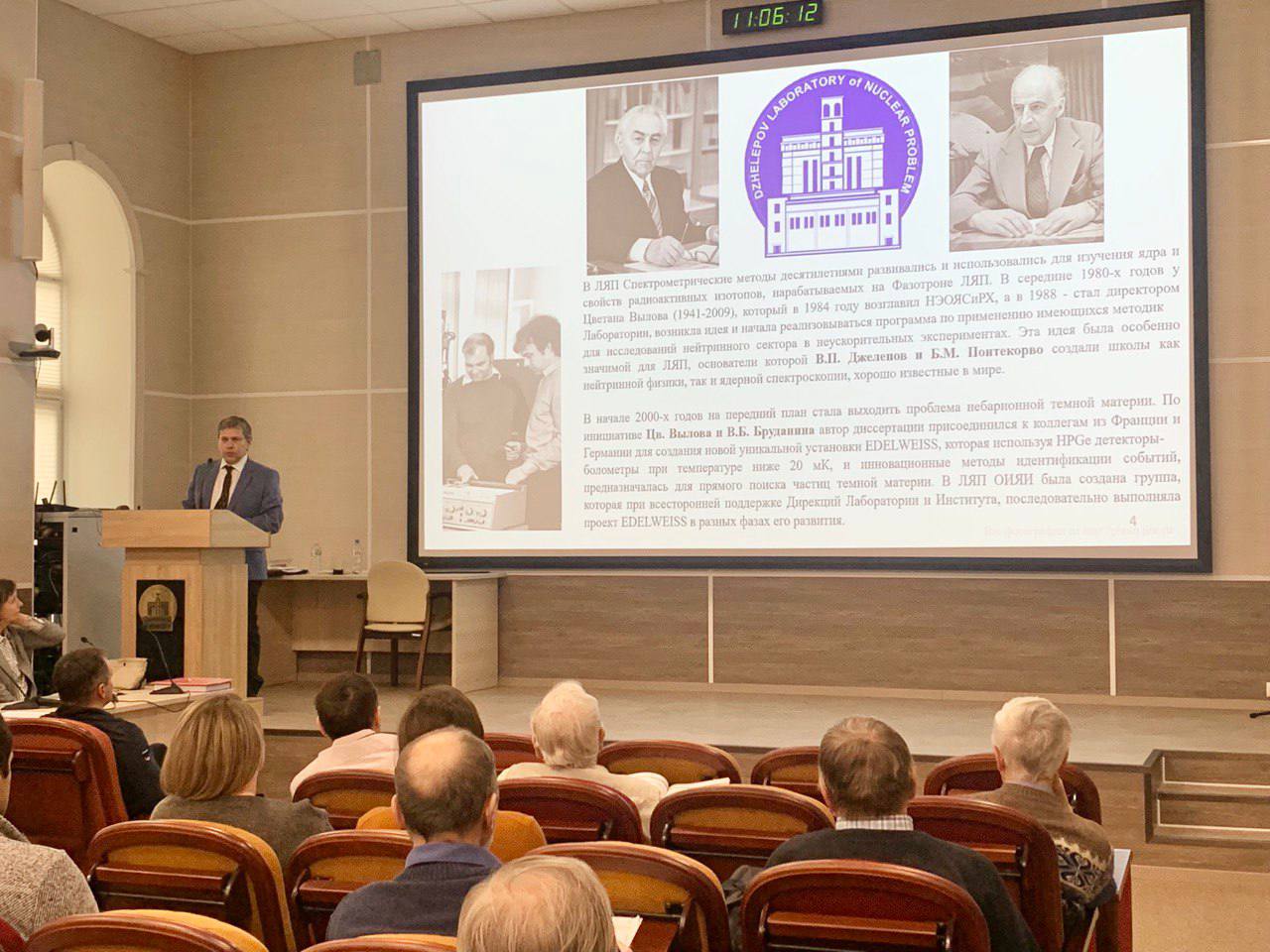News
26.03.2023
March 19. Day 31
Today, assembling of Strings 2, 6 and 9 of Cluster 11 has proceeded. New Chinese orange buoys much heavier than those usually used were mounted on String 6.
Specialists from Optosvyaz have checked optical fibre of the recently laid bottom cable – all six fibres are in order!
21.03.2023
The FASER experiment has for the first time detected subatomic particles called neutrinos created by a particle collider. The discovery promises to deepen scientists’ understanding of the nature of neutrinos, first spotted in 1956, which are the most abundant particle in the cosmos and a key participant in the process that makes stars burn. The work could also shed light on cosmic neutrinos that travel large distances and collide with the Earth, providing a window on distant parts of the cosmos.
20.03.2023
March 12. Day 24
The deployment of new clusters and upgrade of those previously installed are proceeding.
The cause of the fault of the string module acoustic line on String 4 of Cluster 2 has been identified at the shore lab. All the modules of String 8 and 4 of Cluster 1 are installed and tested.
Today, the bottom cable laying has been interrupted due to the breakage of the ice-cutter. It is being repaired.
17.03.2023
Annually, several billions of particle interactions are detected in the ATLAS experiment at the LHC at CERN. These events are processed, analyzed, and even larger simulated data samples are generated for them. To track the location of each event record and also to be able to search for and retrieve specific events during in-depth investigations, the ATLAS EventIndex catalogue has been compiled. The EventIndex project results have been recently published in a high-ranking scientific journal Computing and Software for Big Science.
14.03.2023
March 5. Day 17
Today, the installation of Cluster 11 has proceeded — the bottom and the middle sections of String 1 were assembled, the anchor of String 8 was installed and the string was mounted right to the bottom central module. String 7 was also assembled right to the bottom central module, and a hand winch was installed on String 2.
03.03.2023
On 14 August 1943, the Academician A. F. Ioffe issued Order No 86 for the Kazan group of the Leningrad Physicotechnical Institute (LPTI) on establishing Laboratory 2.
“Clause 1. To establish the laboratory with the following staff members: 1. I. V. Kurchatov 2. A. I. Alikhanov. 3. M. O. Kornfeld. 4. L. M. Nemenov 5. P. Ya. Glazunov. 6. S. Ya. Nikitin. 7. G. Ya. Shchepkin. 8. G. N. Flerov. 9. P. E. Spivak. 10. M. S. Kozodaev. 11. V. P. Dzhelepov.
Clause 3. To appoint the professor I. V. Kurchatov the Head of Laboratory 2.
23.02.2023
The article of the Baikal-GVD collaboration has been published in the authoritative science journal Physical Review D. The first results of the search for astrophysical neutrinos based on the data accumulated by Baikal-GVD, the Baikal Deep Underwater Neutrino Telescope, were announced. The astrophysical neutrino flux earlier detected by the Antarctic Neutrino Telescope IceCube was confirmed. The Baikal Neutrino Telescope is one of the Russian projects at the mega science level. The Baikal-GVD Telescope was ceremonially launched in March 2021 with the participation of the Minister of Higher Education and Science of the Russian Federation Valery Falkov.
18.02.2023
February 17. Day 1
Today, the Baikal expedition to construct the neutrino telescope has been launched. The first group of scientists and specialists under the guidance of Igor Belolaptikov have arrived at the 106th km of the Circum-Baikal Railway. May the ice be strong and the weather fine!
17.02.2023
For over 20 years, the tennis tournament of the Cousins Dzhelepov has been held in Dubna. The cousins Venedikt Petrovich (1913–1999) and Boris Sergeevich (1910–1998) were avid for tennis, and they did a lot to promote it. Both were renowned physicists, corresponding members of the AS of the USSR and RAS, participants of the Atomic Programme of the USSR under the guidance of I. V. Kurchatov, outstanding science administrators, developers of research facilities, authors of many scientific papers. They graduated from Leningrad institutes. The son of B. S. Dzhelepov recalled that both cousins attended the nuclear bomb test on Novaya Zemlya and undersigned the final protocol.
17.02.2023
The JINR Department of Innovations and Intellectual Property announces that on 12 January 2023, the Joint Institute for Nuclear Research received a patent for the invention “Device to produce cold and ultracold neutrons”. The authors are Sergey Nikolaevich Dolya, a senior DLNP researcher, and Yuri Vasilievich Nikitenko, the leading researcher of the Laboratory of Neutron Physics. We congratulate our colleagues on being granted the patent!
16.02.2023
From 17 February 2023, the regular expedition to construct the cubic-kilometer Deep Underwater Neutrino Telescope Baikal-GVD is getting underway at Lake Baikal. During about two months, the Baikal-GVD collaboration plans to install two new clusters of optical modules, three service buoy stations with calibration lasers, to develop further the system of data transmission via optical lines inside the facility, and also to lay two bottom cable lines of cluster power supply.
07.02.2023
On 7 February 2023, at the session of the DLNP Dissertation Council, Evgeny Aleksandrovich Yakushev defended the dissertation “Application of spectrometric methods and low-temperature germanium bolometers for direct search for dark matter particles and rare processes” for the degree of Doctor of Physics and Mathematics in Specialty 1.3.15 – Nuclear and Particle Physics, High-Energy Physics.





